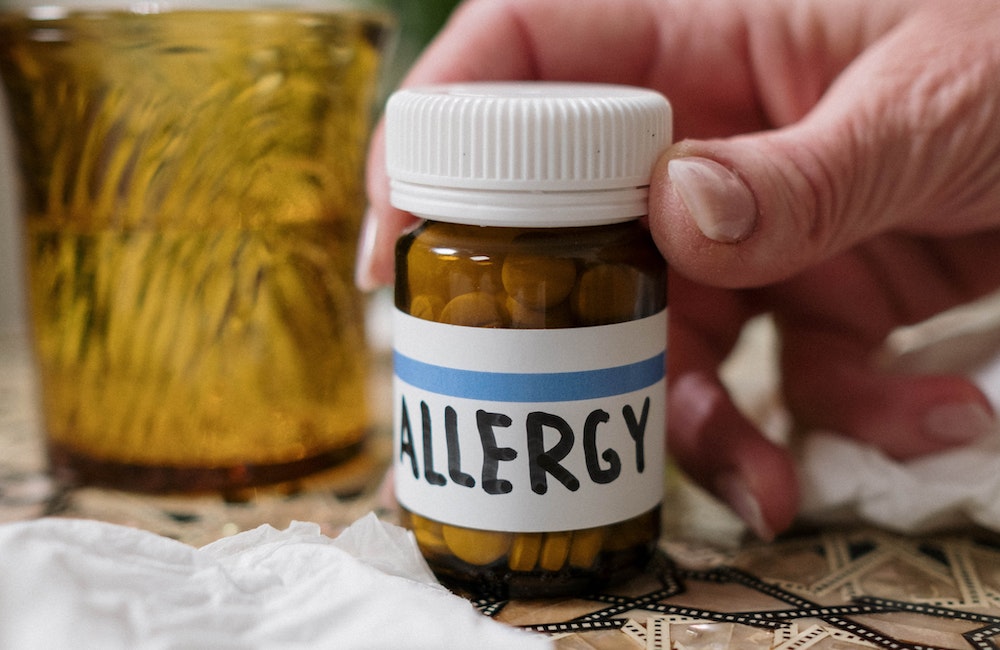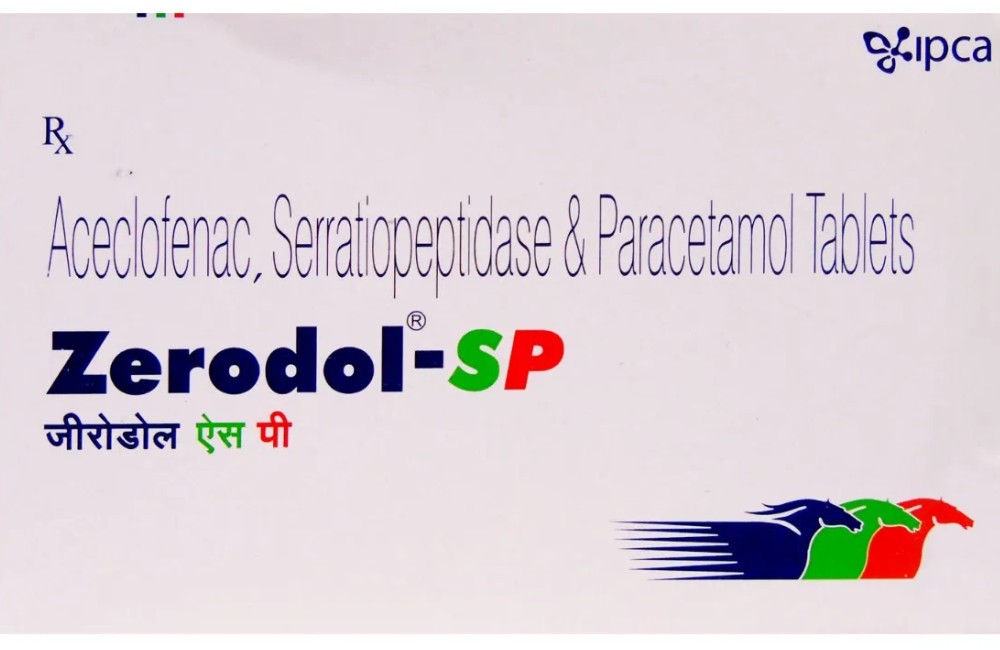Unmasking Food Allergies: Your Comprehensive Guide to Testing

Food allergies can be challenging to navigate, impacting both your daily life and overall well-being. The key to managing them effectively starts with accurate testing. In this comprehensive guide, we’ll unravel the mysteries of food allergies and show you how to get tested, step by step.
Table of Contents
ToggleDecoding Food Allergies
Food allergies can be perplexing, but understanding their basics is the first step in managing them effectively. In this section, we dive into the fundamentals, explaining how food allergies occur, identifying common food allergens, and differentiating between allergies and intolerances.
Recognizing Food Allergy Symptoms
Spotting the signs of a food allergy reaction is crucial for prompt intervention. This section provides insights into the various symptoms associated with food allergies, from skin reactions like hives to gastrointestinal distress and even severe reactions like anaphylaxis.
Food Allergy Testing Options
If you suspect a food allergy, getting tested is essential for a definitive diagnosis. Here, we explore the different testing methods available, including skin prick tests, blood tests, and elimination diets, helping you understand which option might be right for you.
Preparing for Food Allergy Testing
Preparation is key when undergoing food allergy testing. This section guides you through the necessary steps, from consulting with an allergist to discussing medications and following a pre-test diet to ensure accurate results.
The Testing Process
Understanding what happens during food allergy testing can alleviate anxiety. We walk you through each testing procedure, whether it’s a skin prick test, a blood test, or an elimination diet, so you’ll know what to expect.
Interpreting Food Allergy Test Results
Receiving your test results can be daunting. In this section, we simplify the process, helping you decode skin prick test results, blood test outcomes, and the implications of an elimination diet, empowering you with knowledge about your specific allergies.
Next Steps After Testing
A positive diagnosis doesn’t mean the end of the road. Discover how to chart your course after testing, including creating a food allergy action plan, managing allergies in daily life, and understanding the role of medications like epinephrine.
Coping with Food Allergies
Navigating life with food allergies can be challenging. This section provides practical advice on dining out safely, reading food labels, and advocating for safety at school and work, helping you face everyday challenges with confidence.
Food Allergy Myths and Facts
Misconceptions abound when it comes to food allergies. We debunk common myths and provide evidence-based facts, ensuring you have accurate information to make informed decisions about your allergies.
Conclusion: Taking Control of Your Food Allergies
In the concluding section, we summarize the key takeaways from our exploration of food allergies. By understanding the intricacies of food allergies and taking the right steps to manage them, you can regain control and live a healthy, fulfilling life despite your allergies
FAQ’s
Food allergy symptoms can vary but often include hives, itching, gastrointestinal distress, and in severe cases, anaphylaxis.
A skin prick test involves minimal discomfort. A small amount of allergen extract is placed on the skin’s surface, and a tiny prick allows it to enter the skin. It’s a quick and generally painless procedure.
Both blood tests and skin prick tests have their advantages. Blood tests measure allergen-specific antibodies, offering a broader view. The choice depends on your allergist’s recommendation and your specific case.
Yes, adults can develop food allergies later in life, although it’s less common than in children. Allergies can emerge at any age, so it’s essential to be vigilant and seek testing if you suspect an allergy.
Communicating clearly about your food allergies is crucial. Inform restaurant staff, hosts, and friends about your allergies, carry medications like epinephrine, and read food labels diligently to stay safe.
Book an Appointment
Recent Articles
-
 Zerodol-SP Tablet: Power of Pain Relief and Inflammation Control30 Jun 2023
Zerodol-SP Tablet: Power of Pain Relief and Inflammation Control30 Jun 2023 -
 Glycerin for Face: A Game-Changer in Skincare?01 Sep 2023
Glycerin for Face: A Game-Changer in Skincare?01 Sep 2023 -
 The Incredible Benefits of Eating Walnuts: Boosting Your Health One Nut at a Time29 Jun 2023
The Incredible Benefits of Eating Walnuts: Boosting Your Health One Nut at a Time29 Jun 2023 -
 The Marvel of First-Time Sex: Unveiling the Potential for Pregnancy05 Jul 2023
The Marvel of First-Time Sex: Unveiling the Potential for Pregnancy05 Jul 2023 -
 Full Body Checkup: A Complete Test List for Optimal Health02 Nov 2023
Full Body Checkup: A Complete Test List for Optimal Health02 Nov 2023

